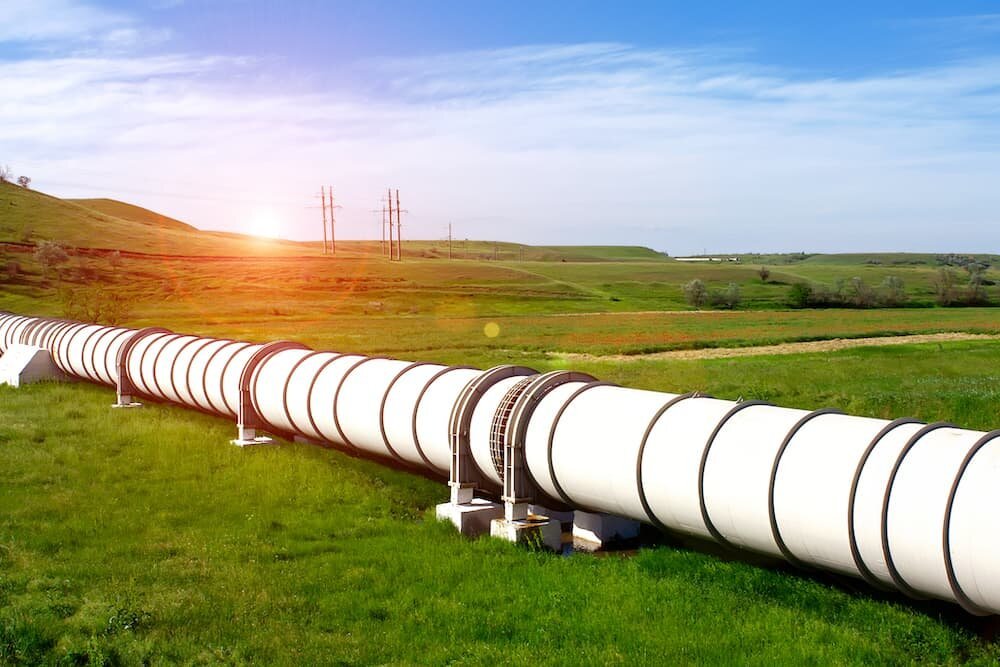
Pipeline Leak Detection
Proper pipeline maintenance is necessary to maintain the integrity of your pipelines and ensure the safety of your employees. One area that pipeline maintenance can help you examine is pipeline leak detection.
There are numerous benefits to pipeline leak detection. Through American Pipeline Solutions’ leak detection services, you can identify pipeline anomalies such as internal corrosion. With this information, APS can accurately predict the remaining lifespan of your pipeline.
Keep reading to learn more about American Pipeline Solutions’ leak detection processes, the types of pipes that can be tested and more.
American Pipeline Solutions’ Leak Detection Process
When inspecting a pipeline for leaks, the APS team must ensure that there are no obstructions in the line. To achieve this, APS uses their conventional pigging methods to properly clean the pipeline. Once the pipeline pig has been set up, APS begins the pigging process by inserting the pig into a launcher and launches the pig into the pipeline. Once this pig has run through the pipeline, the APS team will determine if the pipeline has been thoroughly cleaned. If necessary, APS will run a second pig through the pipeline to eliminate any remaining debris.
Now that the pipeline is free of any debris or obstructions, APS can begin the leak detection process. The smart tool and equipment that APS uses in leak detection vary based on the type of pipeline. One unique tool that APS uses is known as the i2i smart pig. This smart pig is run through the pipeline one to two times. APS then verifies the data that is gathered during this leak detection process.
Using the verified data, APS performs an in-depth analysis of the pipeline system. First, APS provides a baseline summary of the pipeline that outlines the initial findings of the data collected. Once an in-depth analysis is complete, APS can provide more detailed results of the leak detection process. In addition, APS can provide clients with a video that shows the expected lifespan of each length of their pipeline overlaid on Google Maps.
Common Causes of Pipeline Leaks
Two factors that typically influence the formation of pipeline leaks are the age and material of the pipeline. As your pipeline ages, the likelihood of pipeline leaks forming in the pipeline increases. The material of the pipeline combined with its age can influence when a leak may occur.
Other factors that may influence pipeline leaks can be environmental. For example, areas with highly acidic soil, such as the southeastern United States, can cause damage to pipelines that result in leaks. The material being transported by the pipeline also impacts the integrity of that pipeline. A force main can be corroded through continuous use due to the highly corrosive nature of the waste that it transports.
What Types of Pipelines Can Receive Leak Detection Services?
American Pipeline Solutions has experience in providing leak detection for various types of pipeline systems. The types of pipelines that APS can perform leak detection on include:
Oil utility pipelines
Gas utility pipelines
Force mains and wastewater pipelines
Water utility pipelines
Does Pipeline Size and Material Impact Leak Detection?
The size and material of a pipeline can impact the leak detection process. Typically, APS performs leak detection on pipelines that are larger than 3 inches in diameter.
The smart tools used by APS in leak detection can be run in pipelines of varying material types. Some pipeline materials that can receive leak detection services include:
Metallic pipelines
HDPE pipelines
Fiberglass pipelines
Flexpipe
Flex steel pipelines
Are you in need of effective pipeline leak detection services?
Contact American Pipeline Solutions today to learn how our pipeline leak detection services can benefit your pipeline systems.


















